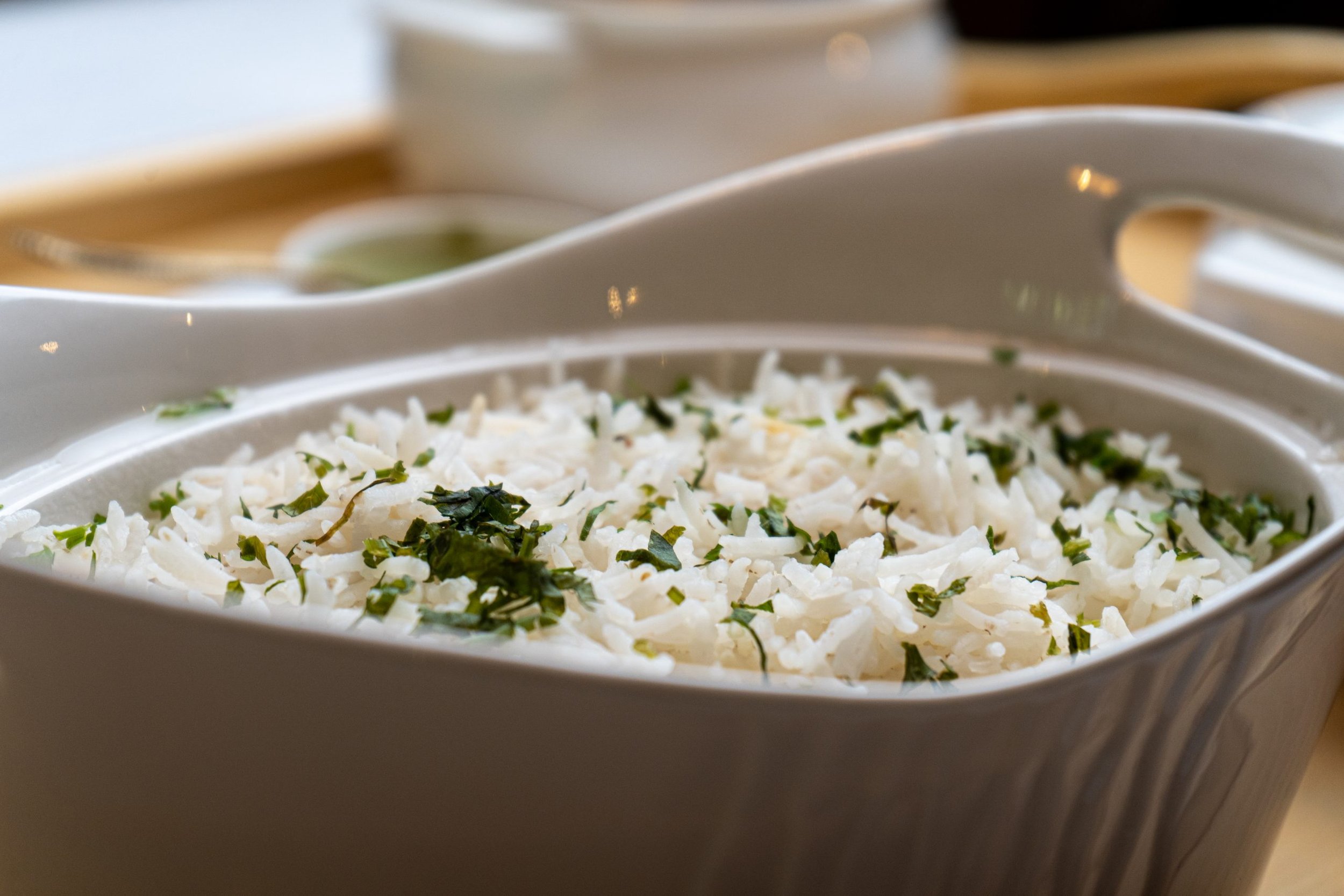Magical, medicinal dandelions
/Painted ladies enjoying dandelion lawn
Last week we enjoyed our very first tender dandelion greens of the year. Now is a good time to look for fresh dandelion greens, before they flower, and the leaves become tough. Make the most of it—they are said to be among the five most nutritious vegetables in the world! And it’s also a good time for me to remind you not to spray your dandelions and not to mow until they’re done blooming.
Don’t spray your dandelions because the pesticides kill pollinators. And they’re dangerous for human health as well. Don’t mow them, because honeybees, bumble bees and butterflies depend on their flowers as a vital first food. So, let the dandelions bloom and then mow when they go to seed.
But dandelions are not only important for pollinators. The original botanical name of dandelion, Taraxacum officinale, tells us that it was grown in medieval monastery gardens for its medicinal value. Although the common dandelion is a Eurasian species, we have our own native dandelions as well. And they put on a beautiful show in the high mountain meadows in spring. Most native American tribes appreciated the value of dandelions and used them for food, medicine and poultices.
Both the leaves and roots of dandelion can be used medicinally, while the milky sap can be applied to the skin to cure warts. Dandelion is bitter and astringent, making it a perfect herb for pitta and kapha, but one vata should use with care.
The antitoxic, anti-inflammatory and blood-cleansing properties of dandelion are among its stand-out actions. It is also diuretic, decongestant, laxative, tonic, and a great galactagogue, perfect for helping nursing mothers produce plentiful milk. Dandelion is also famed for its stone breaking power for urinary stones.
Although dandelion can be helpful in a vast array of conditions, from diabetes to mastitis, from PMS to prostatitis, it is especially valued in liver, kidney and spleen issues.
When you are weeding dandelions from your garden beds, be sure to save the roots for a medicinal tea. You can use them fresh or dried.
For pitta, dandelion root combines well with chicory root or burdock root, as an anti-Pitta beverage. ¼ oz of each can be simmered in one pint of water for 20 minutes and taken 3x daily with meals.
For vata, balance dandelion with something warming, like fresh ginger.
And here’s a wonderful drink to make from your freshly harvested dandelion roots.
Natural Fluid Replacement/Electrolyte Balance Drink
1. Simmer 10-12 washed and pesticide free dandelion roots in one gallon of pure water for about 4 hours. Remove from heat.
2. Add 1 cup Hibiscus flowers and let it steep as it cools (cooking will bring out more of the sourness than sweetness of the Hibiscus). Hibiscus is a blood tonic and a familiar taste and is also cooling in energy.
3. Add 3/4 cup lemon juice (heating), some lemon zest (cooling), about 1 cup of honey to taste.
4. This is a concentrate—you can add more liquid as you wish. It will keep a few days in the refrigerator.
Alakananda Ma M.B., B.S. (Lond.) is an Ayurvedic Doctor (NAMA) and graduate of a top London medical school. She is co-founder of Alandi Ayurveda Clinic and Alandi Ayurveda Gurukula in Boulder Colorado, as well as a spiritual mother, teacher, flower essence maker and storyteller. Alakananda is a well known and highly respected practitioner in the Ayurveda community both nationally and internationally.
Enliven your holistic health! Visit Alakananda Ma in Alandi Ashram’s ayurvedic clinic to support the overall rejuvenation of your body, mind, and spirit. In-person and virtual appointments available. Book now!










